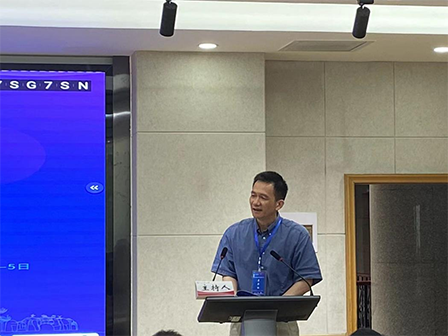The strange history of the Washington consensus
观点 · 2010-03-07 00:00
返回Author: John Williamson Abstract: The term “Washington Consensus” was originally used to describe a list of ten reforms that I argued were practically universally agreed in Washington to be desirable ...
Author: John Williamson
Abstract: The term “Washington Consensus” was originally used to describe a list of ten reforms that I argued were practically universally agreed in Washington to be desirable in most Latin American countries as of 1989. It acquired alternative meanings over the years, one of which was a summary of the policies toward their client countries of the Washington-based international financial institutions (IFIs), and another of which was what critics imagined the policies of those institutions to be (a list that tends to consist of policies that never did command a consensus, even in Washington). It is argued that in its original sense, the Washington Consensus consists of policies that still amount to a sensible—but incomplete—reform agenda, but that some of the deviations between my original list and what the IFIs have advocated are undesirable. However, even the original list needs to be supplemented in order to provide a policy agenda for Latin America today. The paper sketches the reform agenda recently laid out by a group of Latin American economists and published by the Institute for International Economics, which adds countercyclical macro policies, institutional reforms, and a concern with income distribution to the original emphasis on liberalization.
Key words: countercyclical policies, income distribution, institutional reform, policy reform, Washington Consensus.
 The strange history of the Washington consensus.PDF
The strange history of the Washington consensus.PDF



